Growing mangroves might seem like a daunting task, especially if you’re just starting out with aquatic plants. But the truth is, with the right knowledge and care, mangroves can be a rewarding addition to your aquarium or coastal garden. Let’s dive into what makes mangroves unique, the challenges you might face, and how to overcome them.
Understanding Mangroves: A Unique Plant
Mangroves are incredibly resilient plants that have adapted to live in challenging environments. They thrive in areas where few other plants can survive, such as saline water and coastal regions. Their ability to filter salt and withstand waterlogged soils makes them unique, but these same traits can also present challenges when growing them in an aquarium.
The Pros and Cons of Growing Mangroves
Before you start, it’s essential to weigh the good and the bad to understand what you’re getting into.
Pros of Growing Mangroves
✅ Natural Filtration: Mangroves are excellent natural filters, absorbing nitrates and phosphates, which helps maintain water quality in your tank.
✅ Aesthetic Appeal: Their unique appearance adds a touch of the exotic to any aquarium, making your setup stand out.
✅ Habitat for Marine Life: They create a natural habitat for fish, crabs, and other aquatic life, contributing to a healthy ecosystem.
Cons of Growing Mangroves
❌ Slow Growth: Mangroves are slow growers. If you’re looking for fast results, you might need to exercise some patience.
❌ Space Requirements: They need ample space, especially as they mature. A small tank might not be sufficient for a fully grown mangrove.
❌ Special Care: While hardy, mangroves require specific conditions to thrive, such as proper lighting and water quality.
What Makes Mangroves Challenging?
Slow Growth Rate
One of the most significant challenges with mangroves is their slow growth rate. In an aquarium setting, it might take months to see noticeable growth. This can be frustrating if you’re used to faster-growing plants. However, their slow growth is also a benefit, as it means they require less frequent pruning and maintenance.
Light and Nutrient Requirements
Mangroves need plenty of light to thrive. They typically require full-spectrum lighting that mimics natural sunlight. If your aquarium doesn’t receive enough light, you might need to invest in a good quality grow light.
💡 Mangrove Fact: Mangroves can grow in both freshwater and saltwater, but they prefer brackish water conditions where the salt concentration is moderate. This flexibility makes them versatile for different aquarium setups.
Root System Management
Mangroves develop extensive root systems, which can be both a blessing and a curse. On the positive side, these roots help stabilize the substrate and provide shelter for aquatic life. On the downside, the roots can become invasive if not properly managed. In an aquarium, you’ll need to monitor the root growth and trim them as needed to prevent them from overwhelming the tank.
Overcoming the Challenges
Despite these challenges, growing mangroves can be highly rewarding. Here’s how to overcome some common hurdles:
Ensuring Proper Lighting
Investing in a good quality grow light is crucial. Look for lights that provide full-spectrum coverage and are specifically designed for plant growth. Position the light so that it reaches all parts of the mangrove, ensuring even growth.
Managing Nutrient Levels
Mangroves are natural nutrient absorbers, which is excellent for maintaining water quality. However, if your tank is nutrient-poor, you might need to supplement with plant-specific fertilizers. Be cautious, though—too many nutrients can lead to algae blooms.
💡 Fun Fact: Mangroves are known as “coastal guardians” because they protect shorelines from erosion and storm surges. In aquariums, they help protect the water quality by absorbing harmful substances.
Pruning and Maintenance
Regular pruning is essential to manage the growth of both the mangrove and its root system. Trim any roots that start to grow too long or invasive. This keeps the plant healthy and prevents it from taking over the tank.
Are Mangroves Right for You?
Mangroves aren’t for everyone. If you’re looking for a low-maintenance plant that grows quickly, mangroves might not be the best choice. However, if you’re up for a challenge and want to add a unique, beneficial plant to your aquarium, mangroves can be incredibly rewarding.
Good Candidates for Growing Mangroves
✅ Experienced Aquarists: If you have experience with aquatic plants and are ready for a new challenge, mangroves are an excellent choice.
✅ Large Tank Owners: Mangroves need space, so they’re best suited for larger tanks with ample room for growth.
✅ Eco-Conscious Hobbyists: Mangroves are great for those who want to create a sustainable, eco-friendly aquarium setup.
Not-So-Good Candidates
❌ Beginners: If you’re new to aquariums, you might want to start with easier plants before tackling mangroves.
❌ Small Tank Owners: Mangroves can outgrow small tanks quickly, making them less ideal for compact setups.
❌ Impatient Growers: If you’re looking for quick results, the slow growth of mangroves might test your patience.
Conclusion: Mangroves Are Worth the Effort
Growing mangroves is not without its challenges, but the rewards are well worth the effort. These unique plants not only enhance the aesthetic appeal of your aquarium but also contribute to a healthier, more balanced ecosystem. With proper care, attention, and a bit of patience, you can successfully grow mangroves in your aquarium.
At Save Mangroves Nursery, we offer healthy, live Red Mangrove plants that are ready to add to your Saltwater, Freshwater, or Brackish Aquarium tanks. We ship out to all 50 states daily, so you can start your mangrove journey wherever you are. Whether you’re a seasoned aquarist or just starting, we’re here to help you every step of the way.
If you’re curious about getting started, we offer 5 Free Sample Red Mangrove Plants for first-time customers – just cover the shipping cost, and we’ll take care of the rest. Happy growing!
Best seller products
-
18”-24” Red Mangroves With Roots & 2-4 Leaves
Price range: $34.99 through $87.99 -
10”-14” Red Mangroves With Roots & 2-4 Leaves
Price range: $19.99 through $47.99 -
28″ Red Mangrove Tree – Fully Mature Plant
Price range: $0.00 through $230.00 -
[RARE] Orange Oriental Mangroves Propagule Seeds
Price range: $19.99 through $79.99 -
30″ Red Mangrove Tree – Fully Mature Plant
Price range: $0.00 through $180.00 -
Red & Oriental Mangrove Combo Bundle
Price range: $29.99 through $44.99
 Cart is empty
Cart is empty 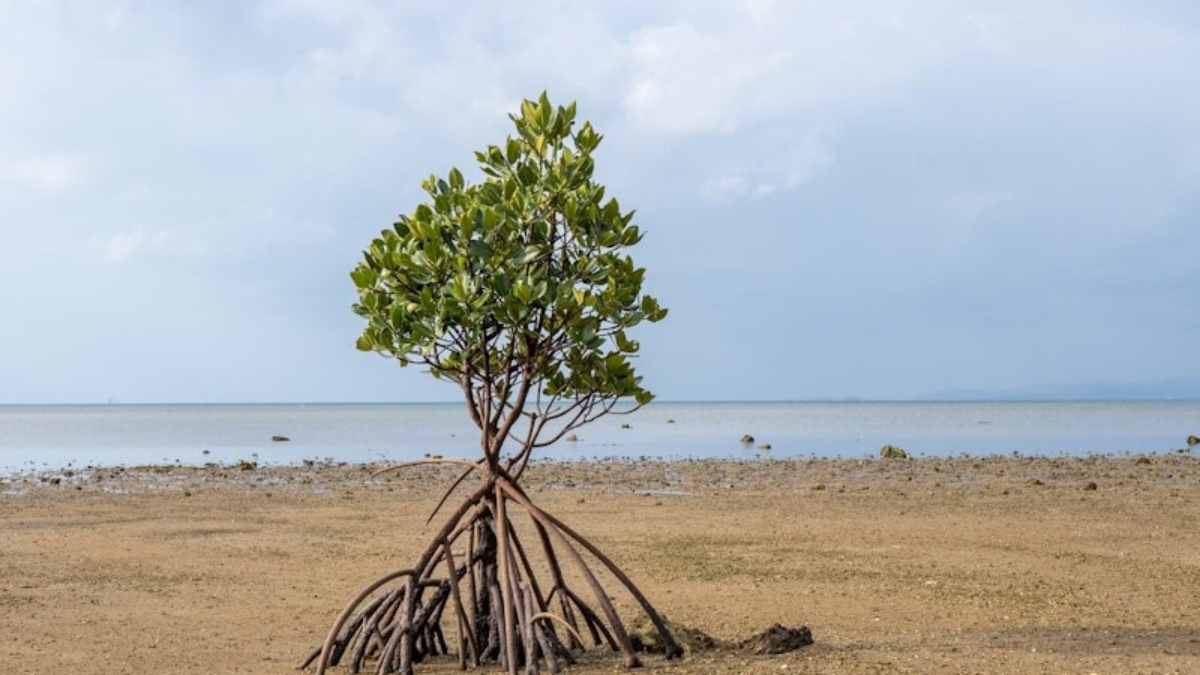

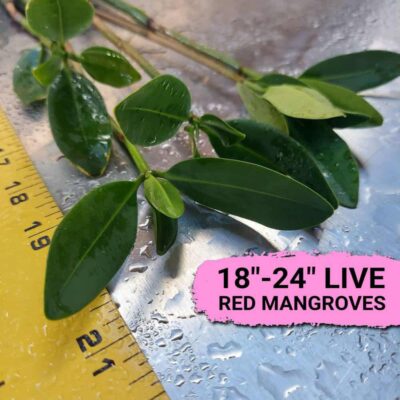
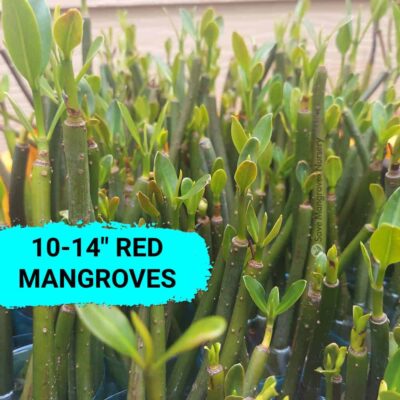

![[RARE] Orange Oriental Mangroves Propagule Seeds](https://savemangroves.com/wp-content/uploads/2025/07/Oriental-Mangrove-Seeds-Save-Mangroves-Nursery-400x400.jpg)
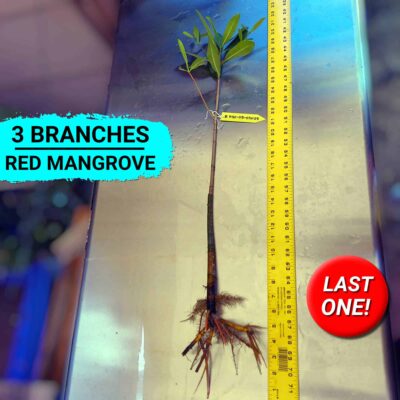
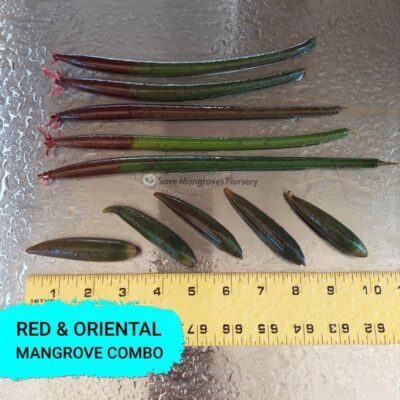
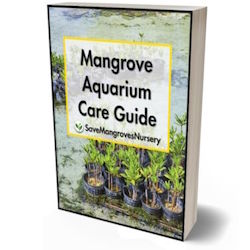
Add a Comment
You must be logged in to post a comment